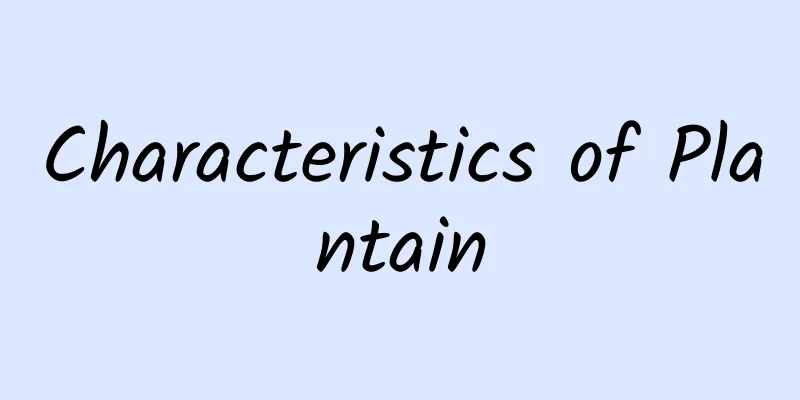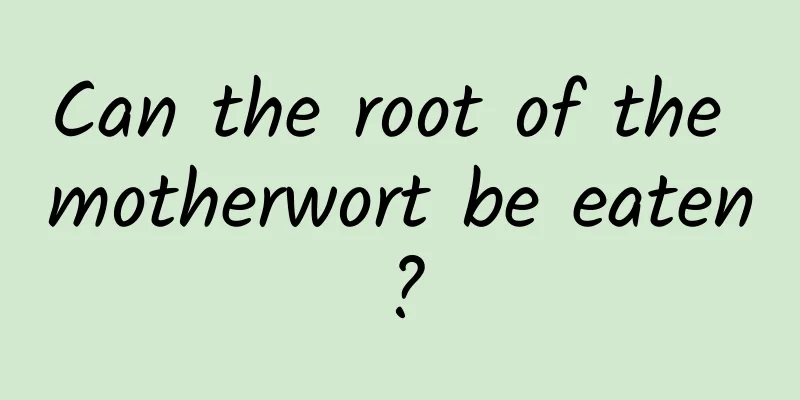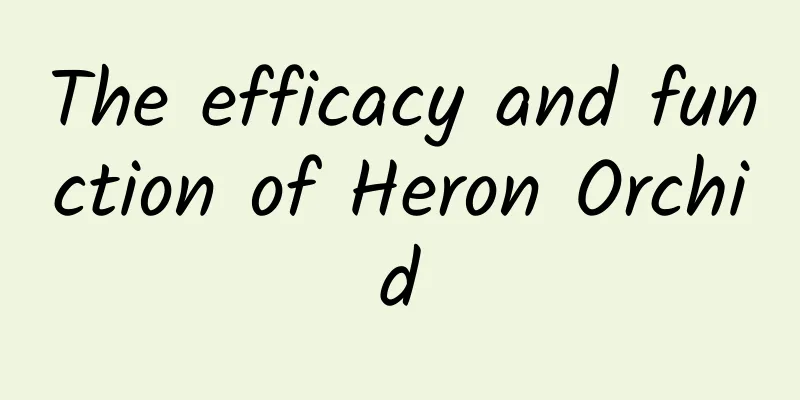Characteristics of Plantain

|
What are the characteristics of plantain? Plantago asiatica, also known as plantain, five-root grass, and wheelbarrow, is a perennial herb with a lotus stem up to 50cm long and with roots. There are two basic types. One is in front of a large truck: the leaves are oval or wide oval. The other is Plantain: it has a taproot and leaves that are oblong or oblate-lanceolate. This kind of plants generally grow in mountains, roadsides, flower beds, rivers and other places. Its underground stem is contracted and hypertrophic, with dense fibrous roots. All its leaves are root-borne, smooth, and have five main veins. It has the effects of curing diarrhea, promoting urination, resolving phlegm, suppressing cough and relieving asthma. 1. Process/Method: 1. Medicinal value: 1. It is beneficial for urination. 2. Expectorant, antitussive, and asthmatic. The plantago glycoside in plantago has the effect of stimulating metabolic nerves; it can promote the secretion of bronchial and bronchial mucus, inhibit the respiratory center, and slow down breathing. 3. Anti-microbial, the car pre-immersion agent has an inhibitory effect on various skin fungi. 4. It has a buffering effect on gastrointestinal function. 2. Efficacy and functions: 1. Treat chronic bronchitis and acute and chronic bacterial dysentery. It is not only beneficial for urination and diarrhea, but also has certain antibacterial, anti-inflammatory and blood circulation effects. 2. Treat high blood pressure and simple indigestion in children, and promote the metabolism of digestive enzymes. 3. Used to correct and grade the fetal position. 4. Treat temporomandibular disorder and enable new fiber tissue to grow in the contracted articular cartilage cavity. 3. Common secret recipe effects: 1. Treat urinary blockage, blood in urine, secretions, heat dysentery, and diarrhea. 2. Treat jaundice, fever, cold, epistaxis and high blood pressure. 3. Treat red, swollen and painful eyes, conjunctivitis, sore throat, parotitis and mumps. 4. Treat whooping cough, cough with phlegm and shortness of breath, convulsions, childhood epilepsy, continuous bleeding from wounds, and ulcers. 2. Frequently asked questions: Note: Patients who have symptoms such as fatigue, qi and blood deficiency, kidney deficiency, spermatorrhea, and internal cold and dampness should take the medicine with caution. If it is best to consult a doctor, follow the doctor's advice. In addition, patients with kidney deficiency should not use it together with mild diuretics. |
<<: The effects and functions of plantain root
>>: Can plantain be soaked in water for a long time?
Recommend
The efficacy and function of Ussuri Scutellariae
The occurrence of diseases requires the improveme...
The efficacy and function of Artemisia nigra
Artemisia annua is a kind of traditional Chinese ...
What would happen if you put a frog in a magnetic field?
Before, people always said that meeting someone w...
"Algae Ceiling" Fridge Magnets Go Viral on the Internet, What is "Algae Ceiling"? Why is it so "magical"?
Recently, a refrigerator magnet in the shape of a...
Taboos of drinking wolfberry soaked in water
Wolfberry is a very common fruit with many functi...
Statista: Survey shows Alipay is the absolute leader in China's digital payment market
Statista, an internationally renowned data analys...
Learned! It turns out that there are at least 5 ways to die from the new coronavirus...
Recently, many new COVID-19 cases have been repor...
The efficacy and function of herring roe
The essence of traditional Chinese medicine is to...
Stop it! If you love picking your nose, be careful not to damage your brain!
Source: Dr. Curious The cover image of this artic...
What are the effects and functions of red deer antler?
The nutritional value of red deer antler is relat...
Effects and functions of Artemisia capillaris
The medical value of Artemisia capillaris is beyo...
Today in the history of science and technology | 2020·8·7 my country has produced the world's thinnest "hand-torn steel"
It is a roll of steel, but when it is unfolded, i...
What are the Chinese herbal soups for nourishing the kidney?
In daily life, kidney deficiency is a very common...
What can't be eaten with Coptis chinensis?
A dumb person cannot express the bitterness of Co...
The efficacy and function of Zhushalian
As a traditional Chinese medicinal material, Cinn...









